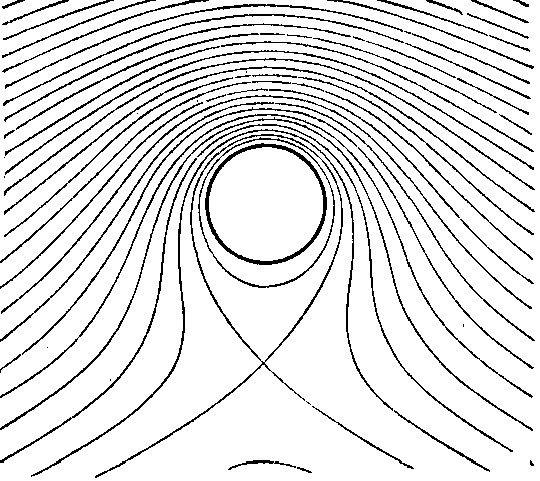
Just like the flu and common cold, the Covid-19 virus can be spread by inhaling an infected person’s saliva or mucus released in droplets during a cough, sneeze or even just talking. But most of the droplets are heavy enough to fall to the ground within six feet of release. Hence the idea of “Social Distancing” to prevent virus transmission involves keeping at least six feet away from other people when in a grocery store or other Essential Business. One wry commentator pointed out it really should be called “Spit Distancing,” to make implementing the rule more intuitive, but the term has not caught on. New evidence shows the tiniest droplets, called aerosols, actually do not fall to the ground but instead stay floating in the air indefinitely. There has been great concern that a person may contract Covid-19 by walking through an invisible cloud of infected aerosols. Turns out, short of someone sneezing or spit-talking directly in my face, airborne droplets containing the Covid-19 virus are unlikely to infect me. The reason? Science baby, specifically aerodynamics. Aerosols move with the air around them, and humans move very slowly compared to how air moves. So as I move sloth-like through the world, the air with its lurking virus-laden aerosols just flows harmlessly around me in what are called streamlines. Much like a cloud of gnats flows cleanly around a slow moving car, but a whole swarm ends up plastered on the windshield at freeway speeds, I would have to move with Bruce Lee-like velocity through an infected aerosol cloud for the virus stick to my person.
Submitted by Margaret Ma, Santa Clara County
Editor’s Note: This is one of a series. The links to all twelve parts are: Syllabus, Lesson 1, Lesson 2, Lesson 3, Lesson 4, Lesson 5, Lesson 6, Lesson 7, Lesson 8, Lesson 9, Lesson 10, and Final Exam.